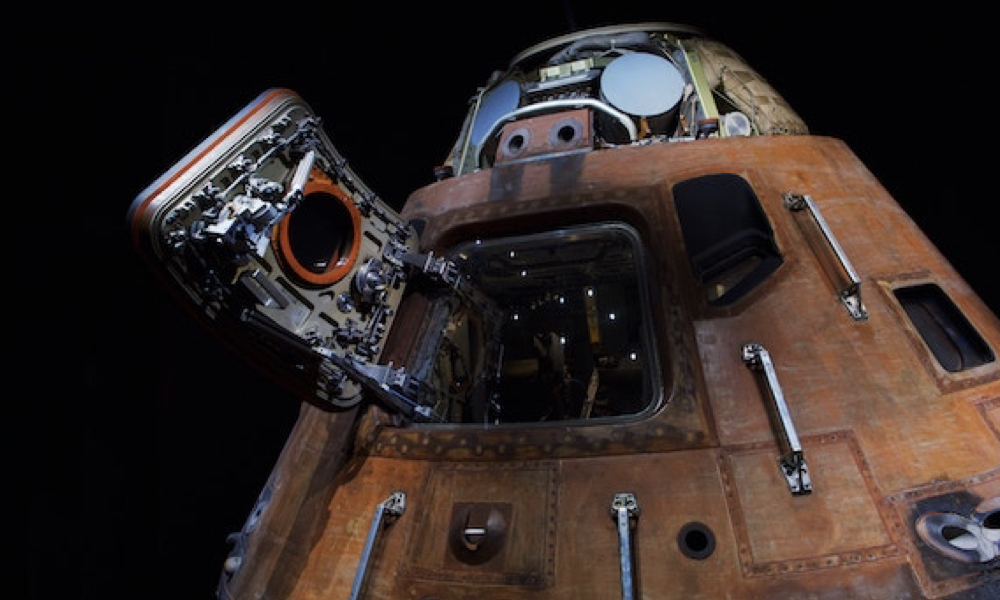
ESA Open Invitation to Tender AO9871
Open Date: 12/07/2019
Closing Date: 12/08/2019 13:00:00
Status: ISSUED
Reference Nr.: 19.133.06
Prog. Ref.: NMS Estonia
Budget Ref.: E/0907-08 – NMS Estonia
Special Prov.: EE
Tender Type: C
Price Range: 100-200 KEURO
Products: Non Space Procurement/Services
Technology Domains: Others
Establishment: ESTEC
Directorate: Directorate of Tech, Eng. & Quality
Department: Mechanical Engineering Department
Division: Structure and Mechanisms Division
Contract Officer: Binedell, Carla
Industrial Policy Measure: N/A – Not apply
Last Update Date: 12/07/2019
Update Reason: Loaded a new Clarification(English version)
For most space missions, the life expectations on the platform follow an increasing trend. This requirement translates into higherdemands on the operational life and overall robustness of mission critical mechanism equipment (specifically for reaction wheels, butalso other devices like e.g. solar array drive antenna pointing mechanisms, more recently also pointing assemblies of laser communication terminals, etc.). Full-scale verification by ground testing is becoming more and more challenging in view of the actual in-orbit life requirements (>15 years for telecommunication platforms) or possibly due to the total number of spacecraft and, hence, the resulting number of equipment items (in particular, when considering large constellations). Furthermore, the adequacy of accelerated mechanism testing is often questionable. Once the spacecraft is in orbit, there is a high interest by satellite operators to follow the performance evolution of mission critical equipment in order to anticipate any deviations or anomalies, and to implement appropriate means for preventive intervention and risk mitigation. The available telemetry, in particular housekeeping data, is usually very limited in terms of the number of signals available and their sampling rate. Under such circumstances, a potential investigation in mechanism anomalies or in-orbit failures also becomes extremely difficult. In-situ condition and health monitoring conceptsand methods have been already established in many industrial sectors, e.g. in the context of preventive maintenance (e.g. aircraft engines) or for remotely operated equipment (e.g. gas compressors and pumps). In this context, the advancements in digital signal processing, data mining, algorithms using elements and concepts of Artificial Intelligence etc. have been tremendous over the last 10 to 15years. Hence, there is a strong potential in adopting suitable methods for the automated surveillance of spacecraft mechanisms, specifically reaction wheels, and a proactive prevention of adverse performance trends or anomalies. This is particularly interesting when the life expectations are high, or when many items have to be operated in parallel, potentially in large telecom constellations of the future. The following main objectives shall be achieved with the intended activity: – Development of a new approach forthe in-situ operational diagnosis and automated health/condition monitoring of mission critical platform mechanisms, using reactionwheelsas a relevant case study and target application (going beyond established FDIR concepts). – Validation of the new approach, i.e. the health monitoring concept process of proactive prevention/intervention, based on a case study with data from at least one relevant and suitable reaction wheel application and/or ground test campaign (e.g. available engineering model or flight spare hardware together with the necessary Ground Support Equipment). In this frame, the use of in-flight data from ESA spacecraft shall be considered and is specifically encouraged. The envisaged investigation shall comprise a technology advancement from TRL 1 to 3.
If you wish to access the documents related to the Invitation to Tender, you have to log in to the ESA Portal.
